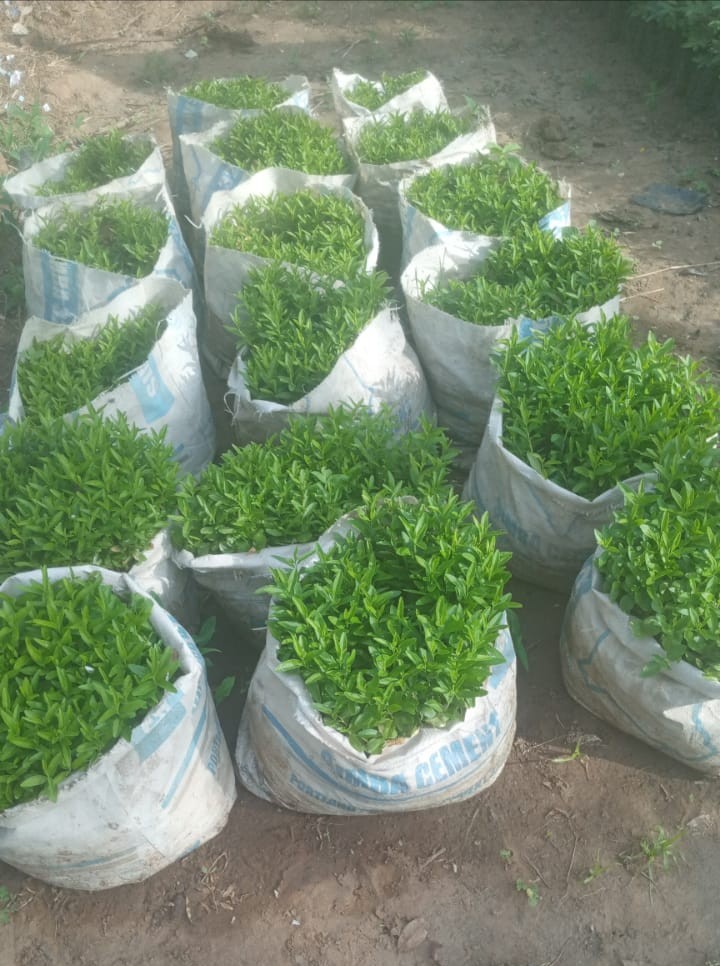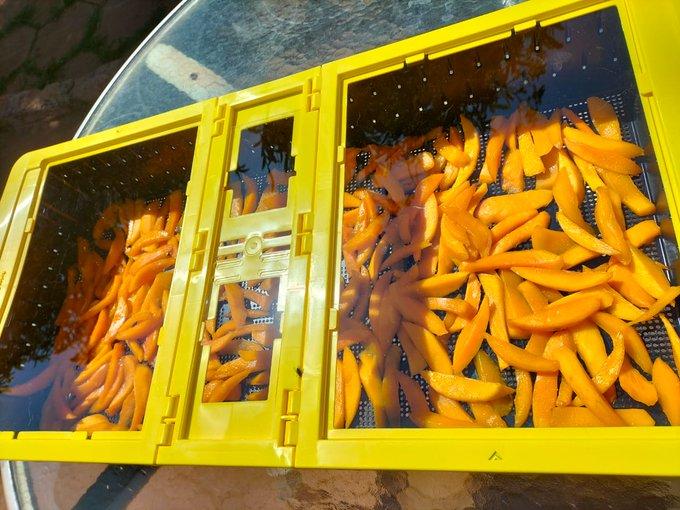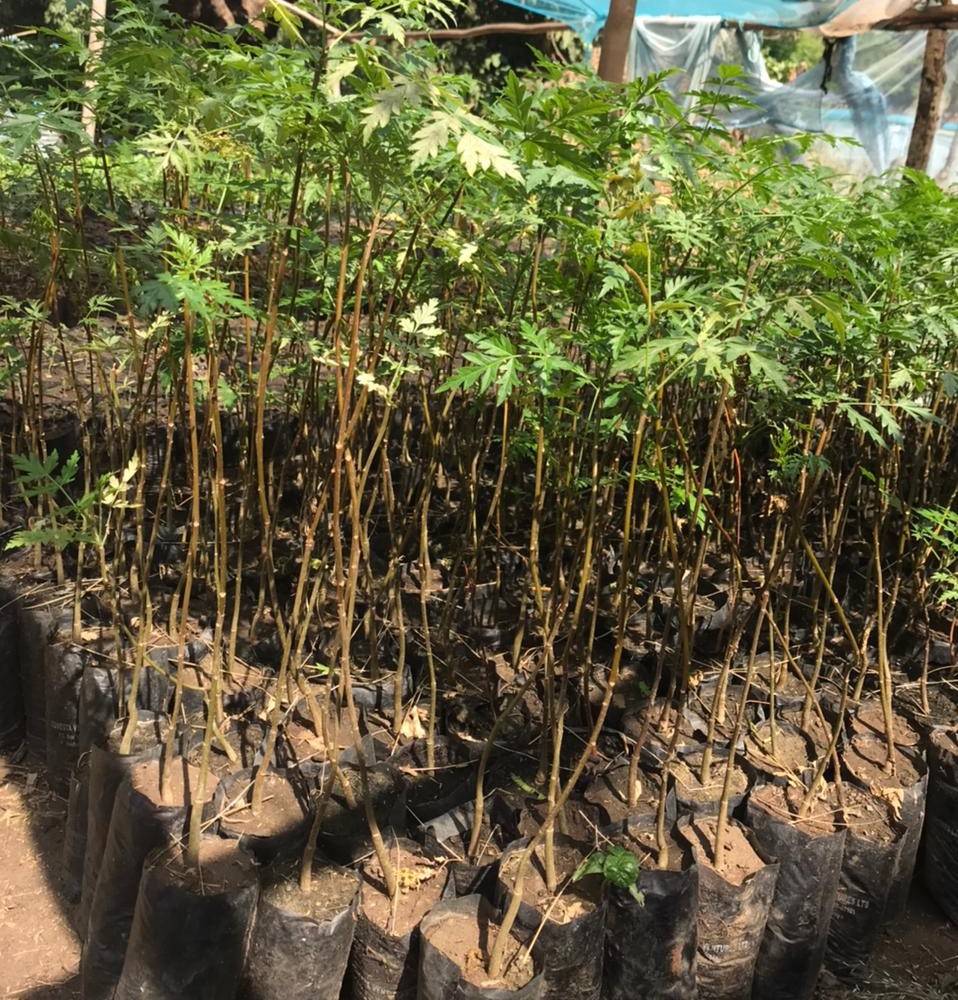




In the realm of cattle production, feedlotting has emerged as a prevalent practice, enabling farmers to cultivate a consistent supply of high-quality cattle that align with market standards for weight and fat content.
This intensive rearing method typically spans a period of 60 to 120 days.
Land Requirements
Establishing a feedlot operation entails a land requirement of approximately one acre per 100 head of cattle, encompassing pen space, alleys, and feed roads. Additionally, a waste control facility demands an area ranging from a quarter to one acre per 100 head of cattle.
Nutritional Needs
The sustenance of feedlot cattle revolves around a high-quality grain-based diet. However, recent fluctuations in production costs have driven up the price of maize, a staple ingredient, from sh1,800 to sh4,000 per 90kg bag.
To combat these escalating expenses, resourceful Kenyan farmers have adopted strategies to produce their own feed while maintaining the necessary nutritional ratios.
The targeted weight gain for a beef animal is 1.5 kg per day, with the objective of reaching an ideal market weight of 400kg within 90 days. Vaccination plays a crucial role in safeguarding the health of feedlot cattle and preventing the spread of diseases.
Financial Considerations
The establishment of a feedlot system incurs a total cost exceeding sh600,000. Despite the initial capital investment, innovative Kenyan entrepreneurs are successfully reaping the rewards of feedlot operations. The startup capital for a feedlot venture typically falls within the range of sh600,000 to sh1.5 million.
Maximizing Beef Quality
During the finishing phase of beef cattle rearing, providing an energy-dense diet is paramount to ensure rapid growth and muscle development. This approach also enhances the animal's fat cover, boosting its marketability at slaughter time.
By prioritizing a nutritious diet throughout the finishing period, producers can optimize the health and productivity of their beef animals.
Feedlotting: A Viable Approach to Cattle Production
Feedlotting has established itself as a valuable method for producing high-quality beef cattle in Kenya. Despite the associated costs, this intensive rearing practice offers numerous benefits, including consistent animal supply, enhanced market value, and improved herd health.
As Kenyan farmers continue to refine their feedlotting techniques, the industry is poised to play an increasingly prominent role in the nation's livestock sector.
Comments